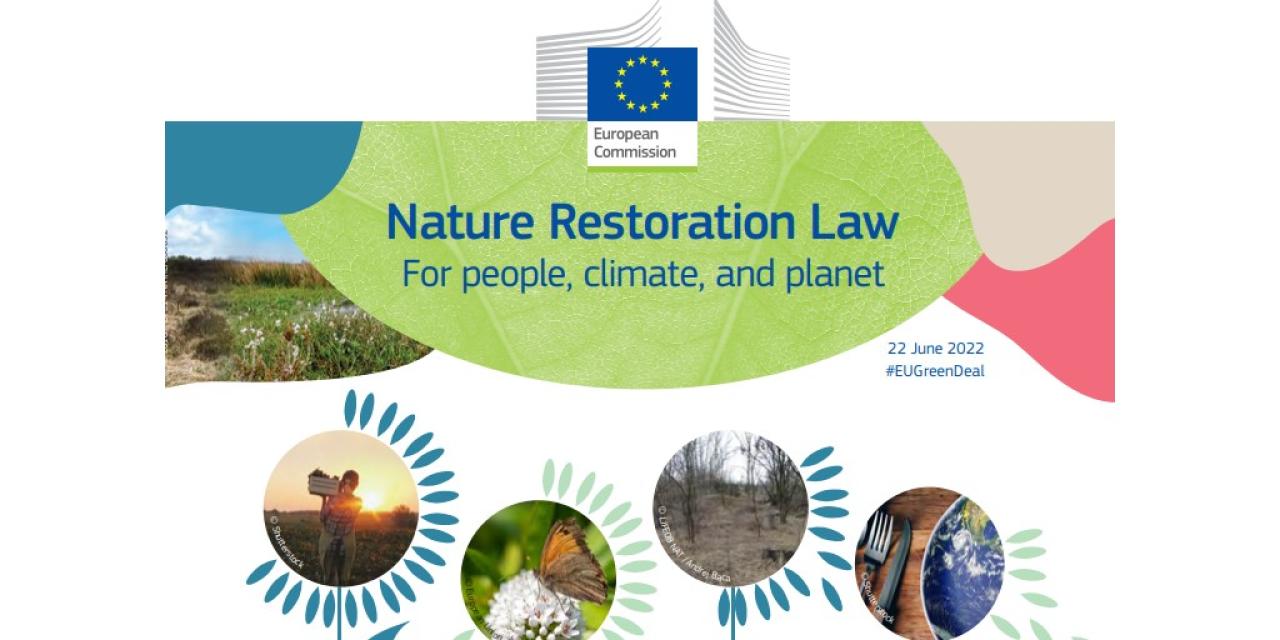In his insightful article, Ferenc Szigeti, our lead expert delves into the intricacies of this transformative law
As cities grapple with the mounting pressures of climate change and biodiversity loss, the spotlight often falls on the quantity of urban green spaces. However, the EU Nature Restoration Law highlights a more nuanced challenge: ensuring these spaces deliver quality and resilience.
Despite its ambitious beginnings, the final version of the law no longer mandates an increase in green urban areas, focusing instead on halting their decline. This shift underscores the importance of transforming existing public and private green spaces into biodiversity-rich, climate-resilient havens.
Drawing on examples such as Budapest's award-winning Pünkösdfürdő Park and innovative initiatives from its 12th District, this article explores how integrating ecological and social functions into urban green space management can catalyse a shift in both mindsets and landscapes. It’s clear that nurturing greener, more biodiverse cities requires not just policy but active collaboration with residents and local stakeholders.
Find the whole arcitle here.


